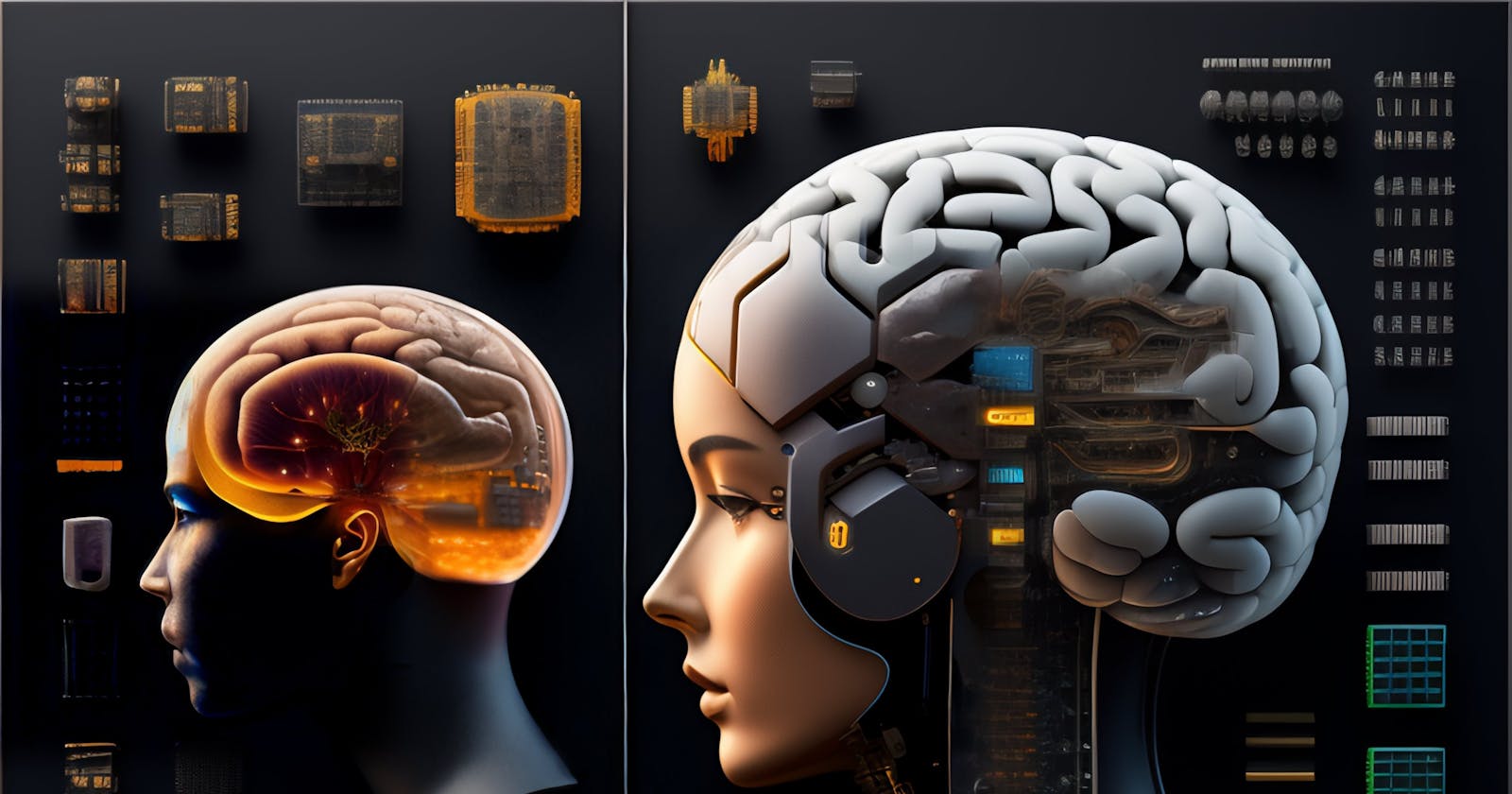In this article, we will be looking at the fundamentals of machine learning and how mathematics is used in machine learning. But, at first look at Machine Learning in general
Machine Learning is the study of computer algorithms that improves themselves through data
In normal programming problems, we provide the data and some set of rules on which the data is processed and we expect the answer as output. In ML problems, we provide the answers and data to the program and the program finds the rules which connect the data to the answers. These relations are generated during the training process

Fundamental Ideas
All problems are data and all solutions are relations/functions: In ML problems, we need our answers and data to give to our algorithm as input. The work of the algorithm is to find out the relation between the answers and the data we provided
We convert qualitative inputs into numbers which become the input data. We call these numbers INPUT VECTORS
Similarly, the answers or the output we need after training the ML algorithm has to be also converted into numbers which are called OUTPUT VECTORS
As written earlier, the goal of that algorithm is to find out the relation between the INPUT and OUTPUT VECTORS
Steps in Machine Learning
Gathering Data: We need to gather the data that is needed to train the machine
Preparing Data: We need to prepare the data to be used in that algorithm
Choosing a Model/ Algorithm that meets the needs
Training the model on the data
Testing Model
Hyperparameter Tuning: Tuning the model using parameters whose values are used to control the learning process
The above 6 steps are steps of Training/ Testing the model
- Prediction: After everything is done, you will deploy your model and then it can be used for the prediction of your needs
Mathematics for Machine Learning
Linear Algebra
ML is about the mapping of INPUT VECTORS to their corresponding OUTPUT VECTORS. To map these vectors, we need to use matrix-based transformations
So, we need to know about Matrices and Vectors in Linear Algebra
Probability
There can be uncertainty in data, e.g if you want to make an algorithm, that predicts the prices of stocks, there can be uncertainty
So, we need to know about PROBABILITY
Statistics
It is the science of collecting, analyzing, presenting and interpreting data. So, we need to use it in the process of Preparing data
Calculus
Optimization of data is done using concepts of calculus
